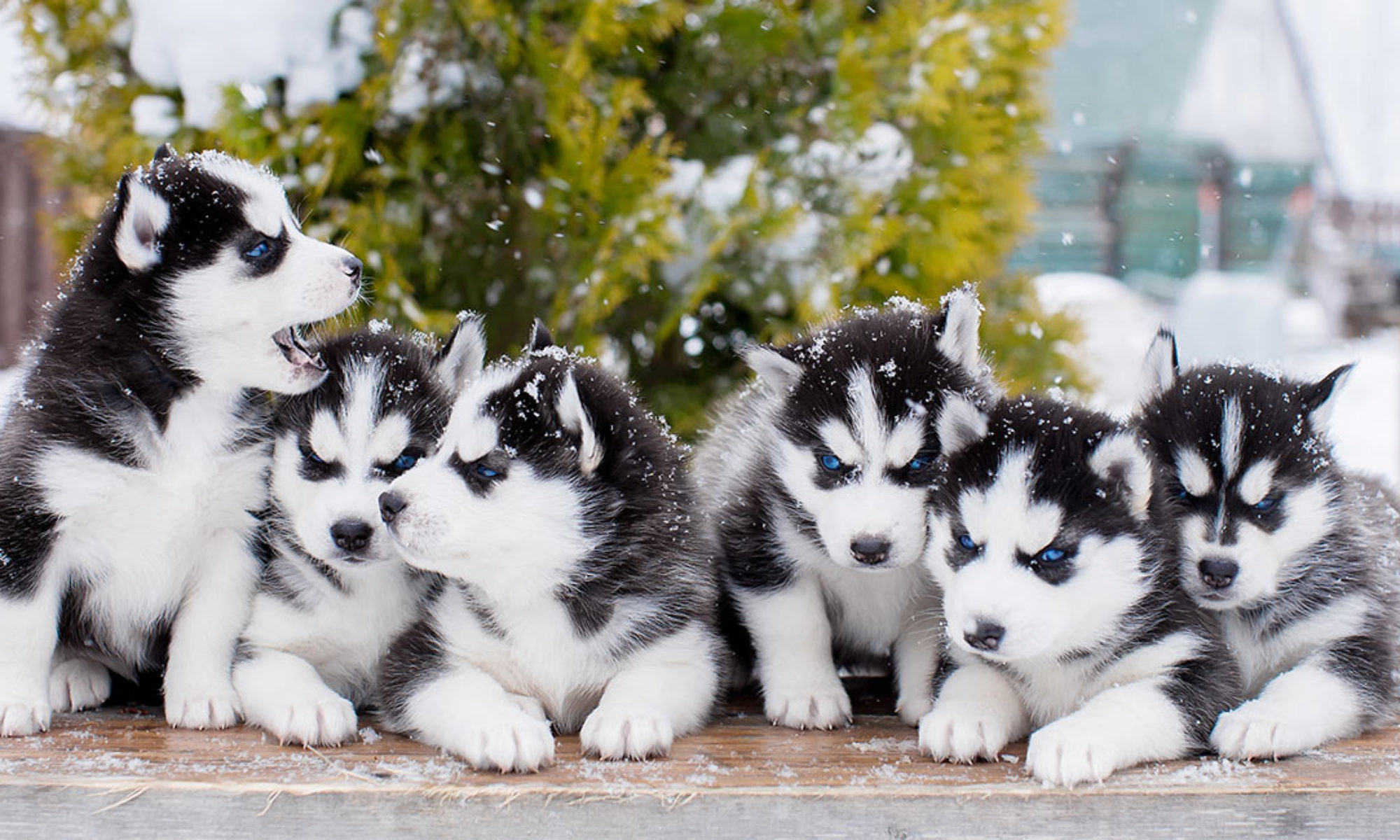Determining % of O2 in what context
Introduction:
Air is a mixture of gases, it contains nitrogen, oxygen, carbon dioxide, water vapor, and many other gases in smaller amounts. Glaciers are melting, sea levels are rising, cloud forests are dying, and wildlife is scrambling to keep pace. It has become clear that humans have caused most of the past century’s warming by releasing heat-trapping gases as we power our modern lives. Called greenhouse gases, their levels are higher now than at any time in the last 800,000 years. We often call the result of global warming, but it is causing a set of changes to the Earth’s climate, or long-term weather patterns, that varies from place to place. While many people think of global warming and climate change as synonyms, scientists use “climate change” when describing the complex shifts now affecting our planet’s weather and climate systems—in part because some areas actually get cooler in the short term.
Detail:
Models of past eras show that oxygen can influence global temperature and humidity as its concentration changes. Even though oxygen is not a heat-trapping greenhouse gas, its concentration in our atmosphere can affect how much sunlight reaches the ground, and new models suggest that effect has altered the climate in the past. Today, oxygen makes up around 21% of the air we breathe. But that hasn’t always been the case. Over the last 500m years, known as the Phanerozoic eon, oxygen levels have been as low as 10% and as high as 35%. Oxygen affects climate because it makes up a large fraction of the atmosphere’s mass. Reducing oxygen levels thins the atmosphere, allowing more sunlight to reach the Earth’s surface.
Materials:
candle, penny, beaker, marker, water, test tube, graduated cylinder.
Procedure:
1. Light the candle and let a few drops of wax drop on the coin.
2. Blow out the candle and place it upright on the penny in the wax. Candles should be glued to pennies.
3. Measure 50ml water in the graduated bottle. Pour 50 ml of water into the beaker.
4. Carefully place the COINS and candles in the center of the beaker. A penny should hold a candle upright.
5. When a candle USES oxygen in a test tube, the candle goes out and water is drawn into the tube instead of oxygen.
6. When the candle goes out, mark the water level carefully in the test tube with a marker. Remove the tube.
7. Fill the test tube with water on this line. Pour the water into the measuring cylinder, measure the volume of water (ml) and record it in the data sheet. This is the volume of air in the tube that’s not oxygen.
8. Empty the graduated cylinder. Fill the test tube completely with water. Pour the water into the measuring cylinder, measure the volume of water (ml) and record it in the data sheet. This is the volume of air in the test tube, including oxygen.
9. To find out the original volume of oxygen in the test tube, subtract the volume of air from the total volume the tube can hold. Record the volume in the datasheet.
Calculation
% of oxygen in air = (volume of oxygen in the test tube / total volume of air in the test tube) * 100
Day1: 23%
Day2: 22%
Day3: 23%
Day4: 22%
Day5: 23%
Day6: 23%
Day7: 23%
Result:
With this data, the final result I have for the percentage of oxygen is 23%, which means that had 2% higher than before. It is a good message for us because the increased oxygen level will make our world cooler. The increased oxygen can affect the sunlight reaches the ground, that would make us feel better.
Conclusion:
Overall, global warming is affecting our living environment, it lets our summer hotter and makes people crazy about it. People need AC during the summer, it will be a vicious circle. The Machine like cars, AC, that makes the bad gas to the air, but the plants can make the oxygen to the air. So we have to make more actions on the plants, let’s make our world cooler!
Reflection #1
My lab reports on how oxygen is affecting global warming and tested the percentage of oxygen in the atmosphere. This is a topic that I am interested in, and I have done similar research before.
The most difficult problem for me is that there is not much that can be done on the topic of global warming, so the report written cannot be particularly perfect. But I’ve done a lot of work on that, trying to include everything I can.
I will give myself an 80, maybe I did not do very well in the report, but I tested many times and recorded it, and I tried to write down the impact of the change of oxygen, trying to make the report seem meaningful.


